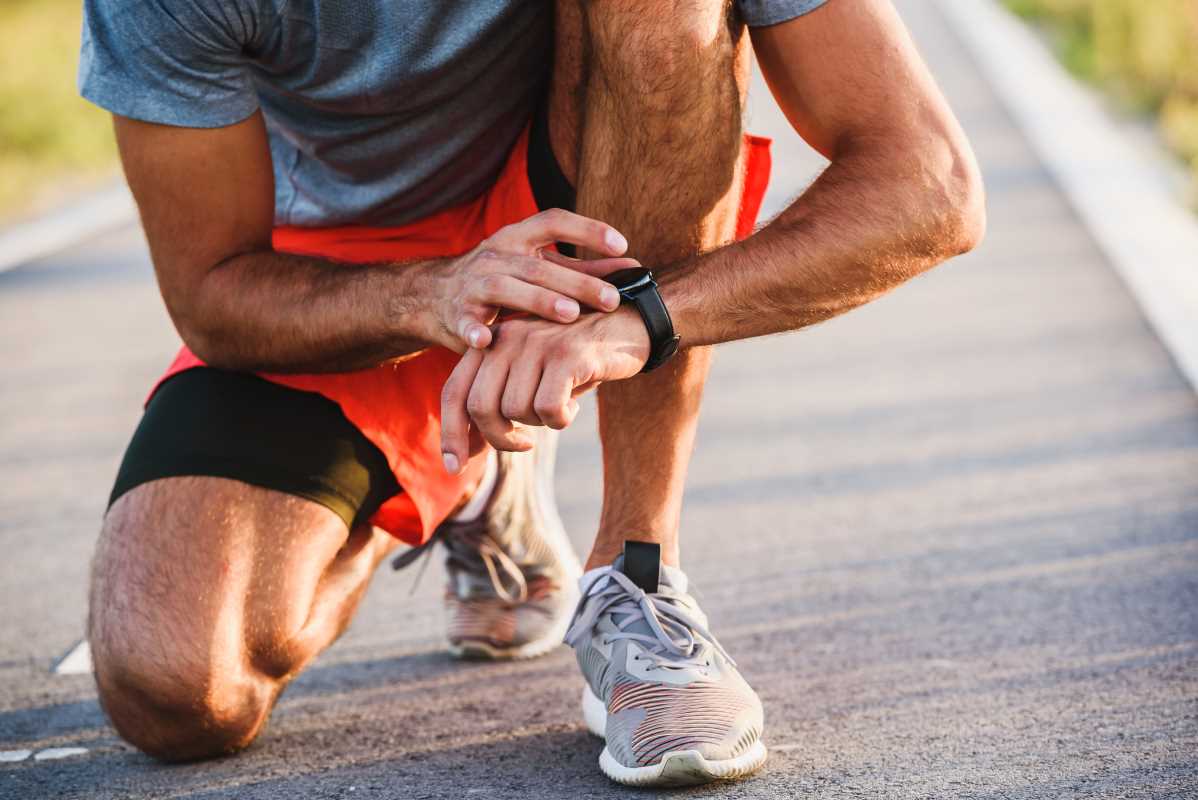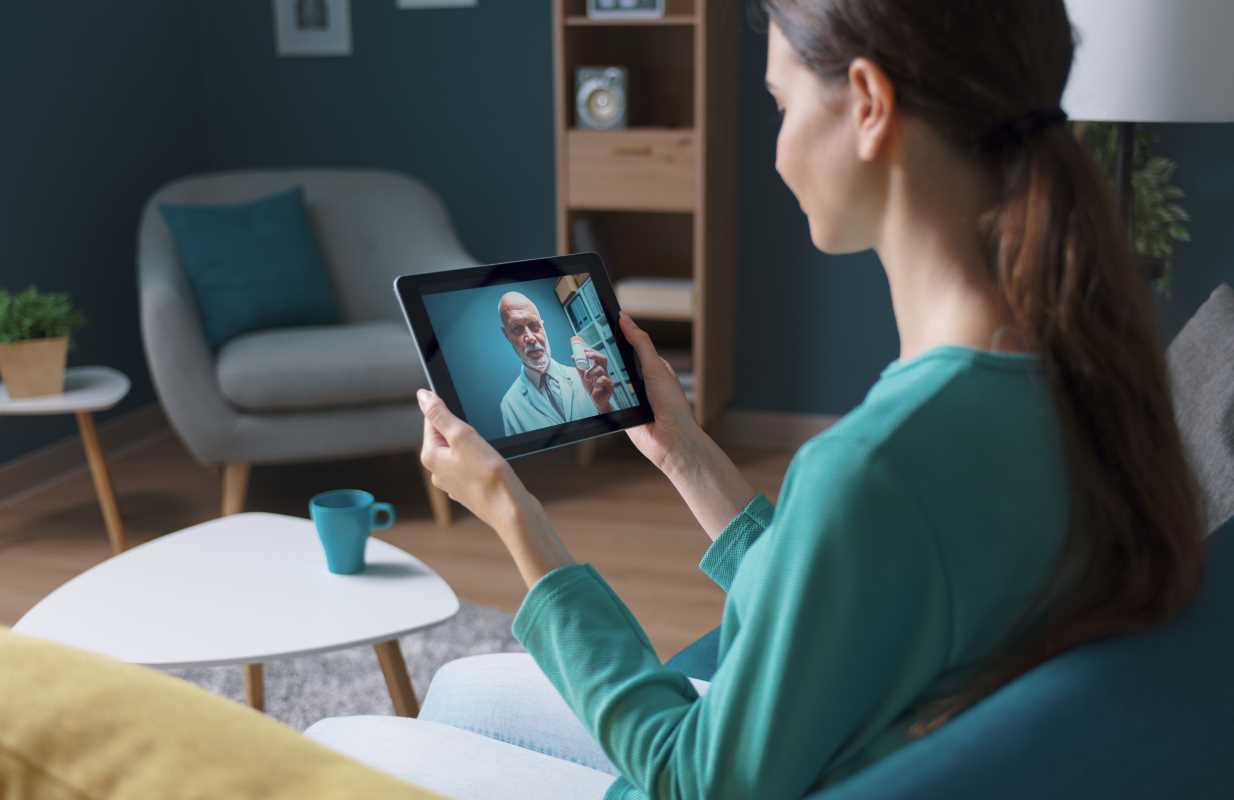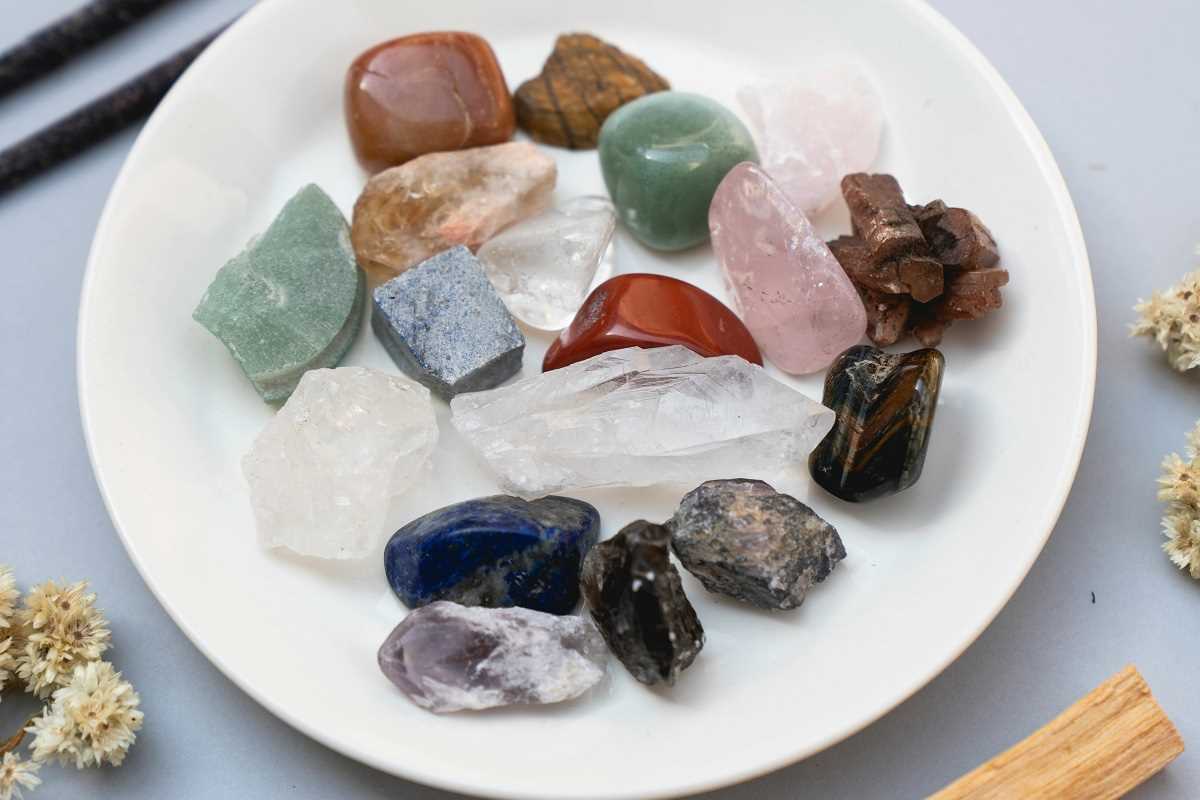Hobbies are more than just enjoyable ways to pass the time—they can significantly boost your physical health. When you engage in hobbies that require movement, like gardening, dancing, hiking, or playing a sport, you're doing more than having fun. You're improving your heart health, building strength, increasing flexibility, and even supporting your mental well-being. The best part? Because hobbies are enjoyable, they don’t feel like a chore, making it easier to stay consistent. Here's how finding the right pastime can make a big difference in your physical health.
The Physical Benefits of Active Hobbies
Hobbies that involve physical activity provide a multitude of health benefits without necessarily feeling like exercise. Here are some key ways they help:
1. Cardiovascular Health
Activities such as dancing, playing tennis, or taking nature hikes naturally get your heart pumping, which is great for your cardiovascular health. These activities help improve blood circulation, lower blood pressure, and reduce the risk of heart disease. Unlike tedious gym workouts, hobbies make this effort rewarding and enjoyable.
2. Strength and Endurance
Hobbies like gardening may not seem like a workout, but lifting pots, digging, and raking can all build strength. Sports like pickleball or soccer challenge your endurance and help you stay agile. Even hobbies like yoga or paddleboarding engage your muscles in ways that enhance your overall strength and stamina.
3. Flexibility and Coordination
Dance classes, martial arts, or even recreational rollerblading all improve your flexibility, balance, and coordination. They challenge your body to move intentionally, which not only feels good but also helps prevent injuries as you age. The more varied your movements, the better your ability to handle everyday tasks with ease.
4. Weight Management
Staying active through hobbies that you love can contribute to maintaining a healthy weight or even losing excess pounds. These activities burn calories, often without you realizing it because you’re focused on the joy of what you're doing. Things like hiking or playing a game of basketball with friends keep your body moving, with none of the monotony of repetitive workouts.
Mental and Emotional Perks of Physically Active Hobbies
Hobbies are also wonderful stress relievers. They provide a mental escape, which results in better emotional and physical health. Being in the moment—whether it’s while biking through a scenic trail or perfecting your backhand on the tennis court—can reduce stress hormones like cortisol while boosting mood-improving endorphins.
Additionally, hobbies often bring a sense of purpose or personal achievement. Whether you’ve just mastered a tricky yoga pose or grown your first tomato plant, these small victories build confidence and make staying active a rewarding experience.
Finding the Right Hobby for You
To reap these benefits, it’s important to find a hobby that fits your interests, energy levels, and lifestyle. Here are some ways to identify the perfect physical activity for you:
1. Start With Your Interests
What do you naturally enjoy? If you love being outdoors, you might gravitate toward hiking, kayaking, or gardening. Fans of music might prefer dance classes or learning a musical instrument that requires physical coordination, like drumming.
2. Consider Your Fitness Level
If you’re new to physical activity or have physical limitations, start with gentle hobbies such as walking through botanical gardens, beginner yoga classes, or casual cycling. Those seeking more intensity might enjoy rock climbing, martial arts, or competitive sports.
3. Try Something New
Sometimes it takes experimentation to find your passion. Try a few activities to see what excites you. You might discover a love for Zumba, nature photography, or even hula hooping!
Incorporating Hobbies Into a Busy Lifestyle
One common barrier to picking up a hobby is time. Between work, family, and other commitments, carving out time for oneself can feel impossible. However, hobbies don’t have to consume hours of your day. Here are tips to weave a new pastime into your schedule:
- Schedule It: Treat your hobbies like any other important appointment. Dedicate 20–30 minutes a few times a week to engage in your activity.
- Combine Hobbies With Daily Tasks: If you need to run errands, consider walking or biking to your destination. Turn household chores into a workout by adding energetic music while cleaning or gardening.
- Make It Social: Invite friends or family to join you in your favorite activity, turning it into a fun way to connect while staying active.
- Start Small: You don’t have to commit to hours-long activities right away. Even small bursts of activity, like a quick dance break or a short stroll, can make a big difference.
Hobbies as Stress-Relief Mechanisms
Hobbies are not just good for your physical health—they are incredible tools for stress management. Physical activities have a way of naturally calming an anxious mind. They shift your focus away from stressors and allow you to redirect your energy into something productive and fulfilling. Whether it’s the meditative quality of gardening, the exhilarating rush of a dance session, or the peaceful solitude of hiking, these hobbies can improve your overall mental clarity and relaxation.
The beauty of hobbies is that there are endless activities to explore. What might start as a curiosity could become a lifelong passion that keeps you active and healthy. The key is to approach hobbies with a sense of fun, rather than obligation. With every step, every swing of the bat, or every shuffle of your feet on the dance floor, you’re improving not only your physical fitness but also your quality of life.
Don’t wait for the perfect time to start—a healthier, more enjoyable life is just a hobby away! Try something new, build consistency, and watch as your body and mind flourish.
 (Image via
(Image via





